Where and how do oyster mushrooms grow in the forest
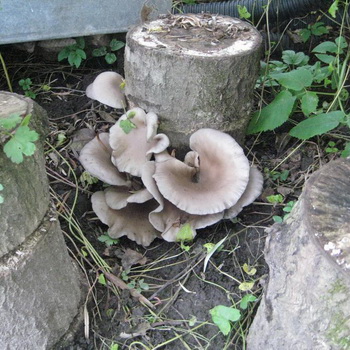
Content
Oyster mushrooms in the forest on birches, aspens, willows and pines
Mushroom pickers who know the taste of forest oyster mushrooms are sure that they are much tastier and more aromatic than those grown in special mushroom farms.
Experts say that oyster mushrooms are a real source of vitamins. The vitamin content in these mushrooms can be compared with vegetables and fruits. By their nutrition, these fruiting bodies can compete with legumes. We offer you to familiarize yourself with the information about oyster mushrooms: In what forests do they grow, when should they be collected, and is it possible to meet them on the earth?
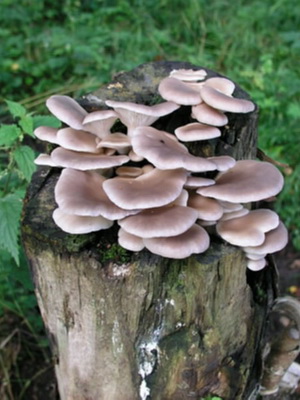

To begin with, where do oyster mushrooms grow in the forest? Very often, these mushrooms are found on dead, fallen stumps, on dying conifers or deciduous trees. A favorite place for oyster mushrooms in the forest is on birches. However, they are often found also on aspens, willows and pines.
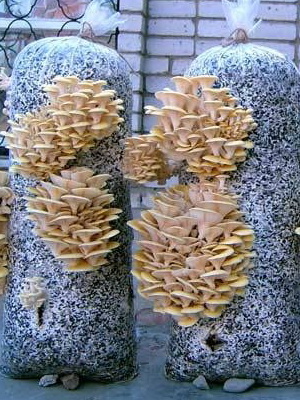
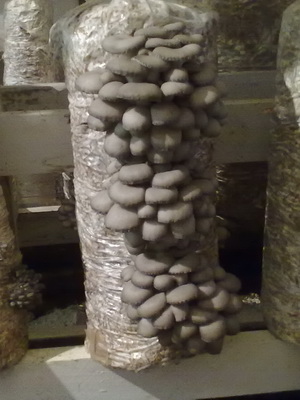
Forest oyster mushrooms are unpretentious mushrooms, so they can be artificially grown even at home: on sawdust, small wood shavings, paper, straw or waste from sunflower. I must say that in the modern world, many often do so, which brings a good harvest of mushrooms all year round.
Types of oyster mushroom and what mushrooms grow in the forest on the ground
In the wild, there are five species of this fungus and they are all considered conditionally edible. Therefore, a tip for cooks: oyster mushroom should undergo preliminary boiling in salted water for 20 minutes. These fungi are found in all countries of the former Soviet Union.
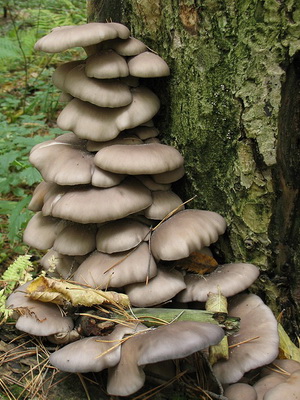

The most common is oyster mushroom, or oyster.
There is oyster mushroom plentiful, pulmonary, late and steppe. By the way, there is only one type of oyster mushroom that grows in the forest “on the ground” - this is the steppe. However, even here the surface of the earth in the glades should be densely dotted with bark and branches of broken trees. Therefore, it seems that mushrooms grow directly on the ground.
Although the types of oyster mushrooms differ in color, size and shape of hats, they all grow in large colonies on the trunks of dried trees - standing or felled.
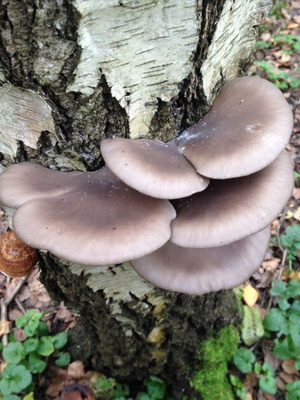

Look at the photo how oyster mushrooms grow in the forest. They hang from the trunks with a large stepped garland, the weight of which can reach more than 3 kg. If mushrooms grow on a fallen tree, their legs are long and are located close to the side of the hat. And if their colony formed on a still standing tree - their legs are short, as if fused together.
The collection time for oyster mushrooms varies from April to November frosts. However, even frost is not harmful to these mushrooms: they do not lose their taste and nutritional properties. In addition, this type of fruiting body is not damaged by worms while they are young. Only on very old specimens can one notice corruption.


Another type of oyster mushroom is plentifulgrows in deciduous forests. Her collection begins in the month of May and lasts until October. These mushrooms are afraid of frost, so they should not be looked for in the cold. The most abundant fruiting in oyster mushroom occurs in June and then in October. They love humidity, and at this time of the year, especially during rainy weather, there are a lot of fruit bodies in the forest. They can often be found on old birches, elms, mountain ash and oaks. The oyster mushroom is plentiful with a wavy edge of the caps and a light cream shade. The leg of the mushroom is long and curved to the hat.
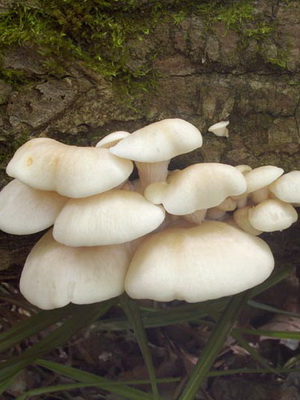
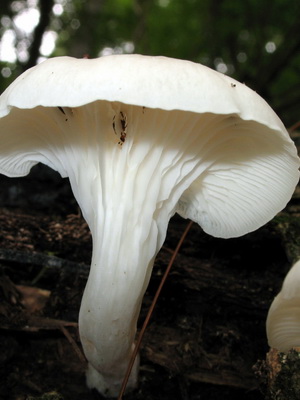
Another type of oyster mushroom - pulmonarywhich is different in white. It has a convex hat with thin edges, downward. Her leg is covered in a delicate white fluffy reminiscent of velvet. It grows in colonies on oaks, birches and beeches. Although pulmonary oyster mushroom looks very gentle and delicate, it is well transported, tolerates cold for 4 days. This type of mushroom can easily take root at home: put the forest oyster mushroom in the yard near the stumps, and after a while you will see the result - a good harvest of house mushrooms.
Autumn oyster mushrooms in October and winter mushrooms in December
As for late oyster mushroom, it fully justifies its name. Autumn oyster mushrooms grow in the forest in October. Sometimes it is found in November, if not very large frosts. Mushrooms grow on coniferous trees or rotten stumps, especially there are a lot of them on old clearings. Autumn oyster mushroom is distinguished by a greenish color resembling green olives. These mushrooms taste a little bit bitter, so some mushroom pickers do not collect them, although they are edible.
For cooking, oyster mushrooms are selected in small sizes. Only young mushrooms have a delicate taste and pronounced mushroom aroma. Older instances are also edible and tasty, however, not with such a forest aroma.
Do oyster mushrooms grow in the forest in winter, for example, in December? It is safe to say that they are growing, especially if the winters are mild and warm. Hanging multi-tiered oyster mushroom garlands can be found on different trees. They can be clearly seen in winter, since all the foliage has fallen. Often experienced mushroom pickers carefully look at the treetops when collecting oyster mushrooms. Mushroom colonies are found at a considerable height from the ground.
A positive point in the collection of oyster mushrooms is the fact that in our region this species does not have toxic doubles. A false double grows in Australia and is deadly to humans. However, you can not worry, in Russia this species simply will not survive due to cold weather. Therefore, even beginner mushroom pickers may not be afraid to collect "prey."
Why oyster mushrooms have recently become such a common mushroom? It turns out that they are very resistant to bacterial and viral lesions. Their bactericidal properties are able to remove radioactive substances from the human body. And, in addition, oyster mushrooms have a more pronounced aroma than other mushrooms, and it is also more affordable.
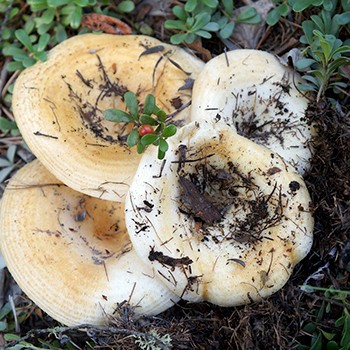
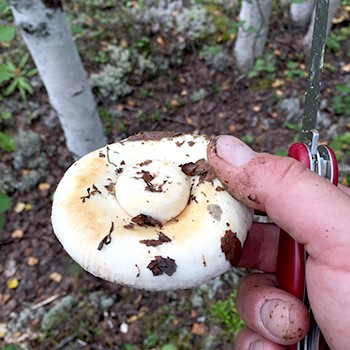
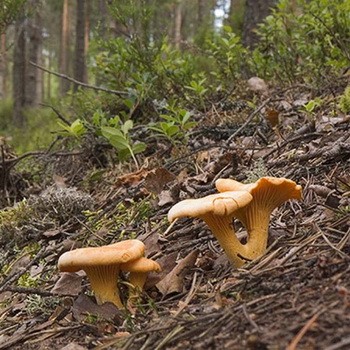
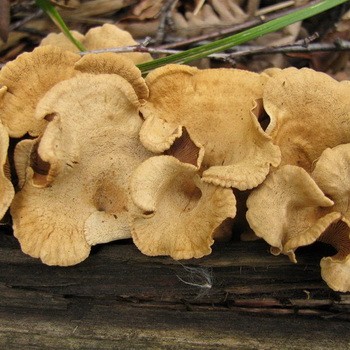
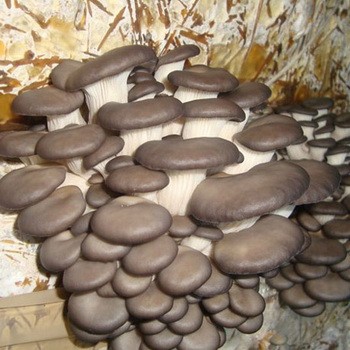
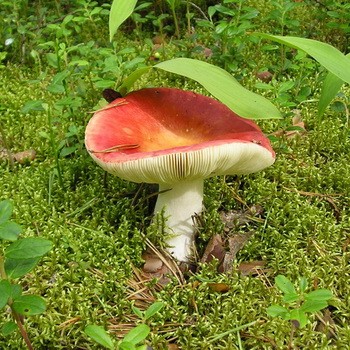
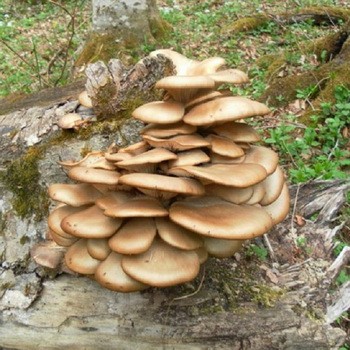
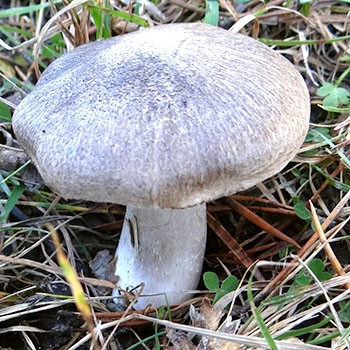
Please write your mail, I want to send you a photo and ask what kind of mushroom